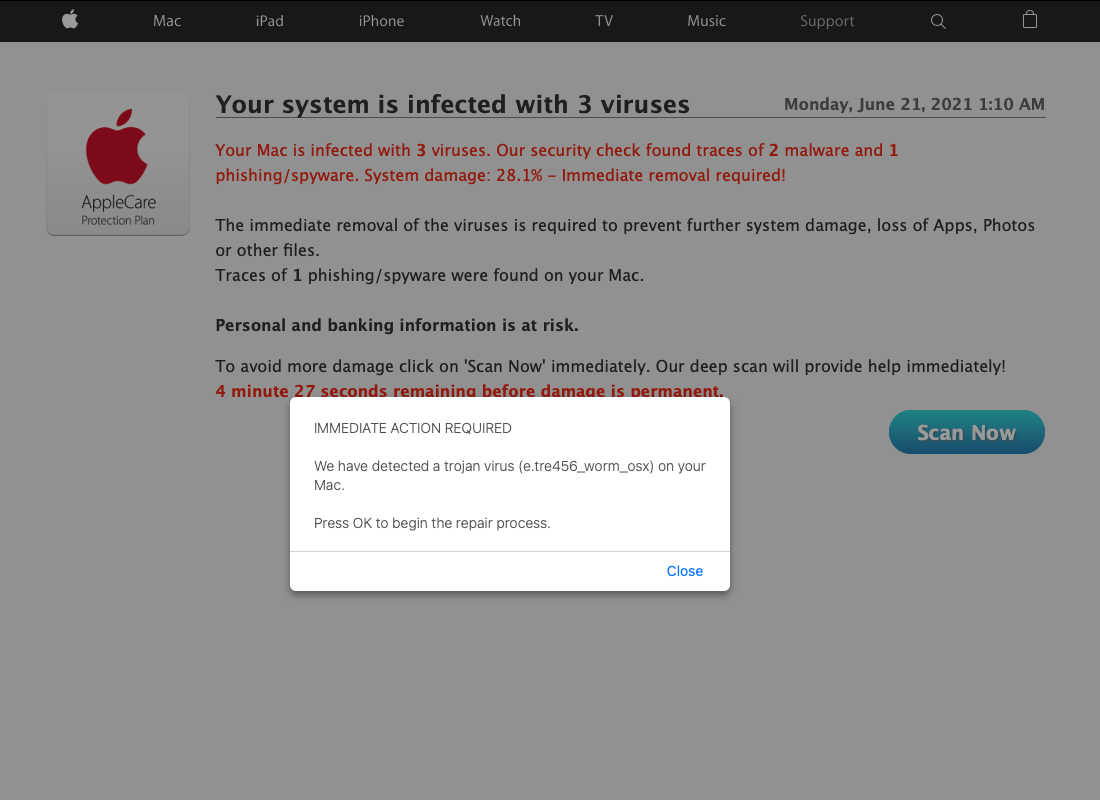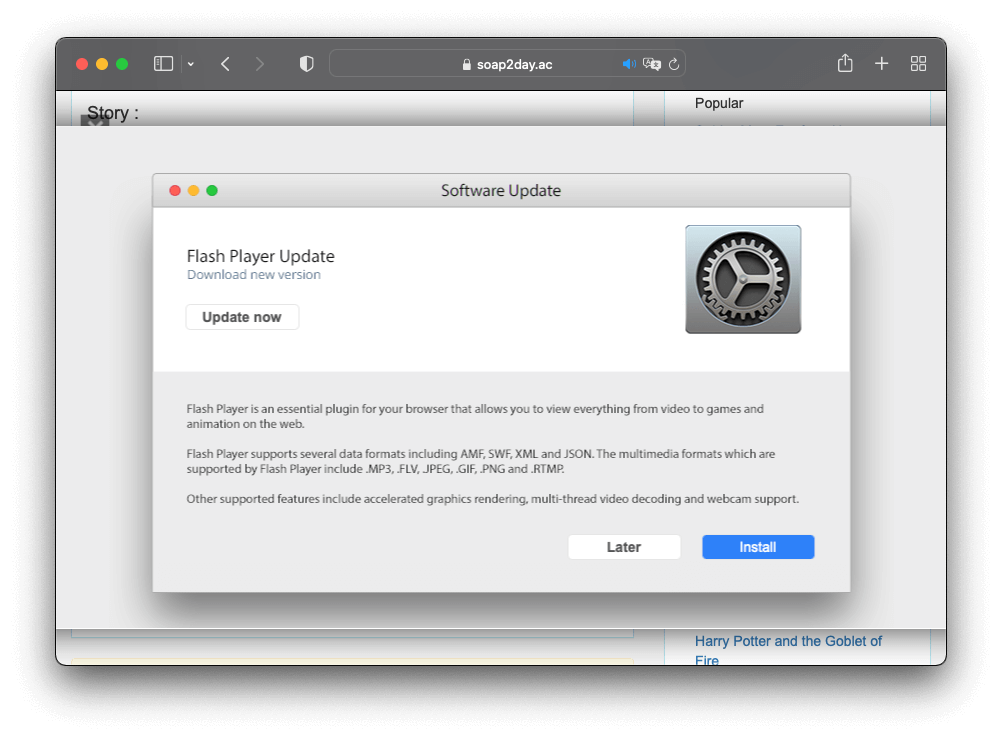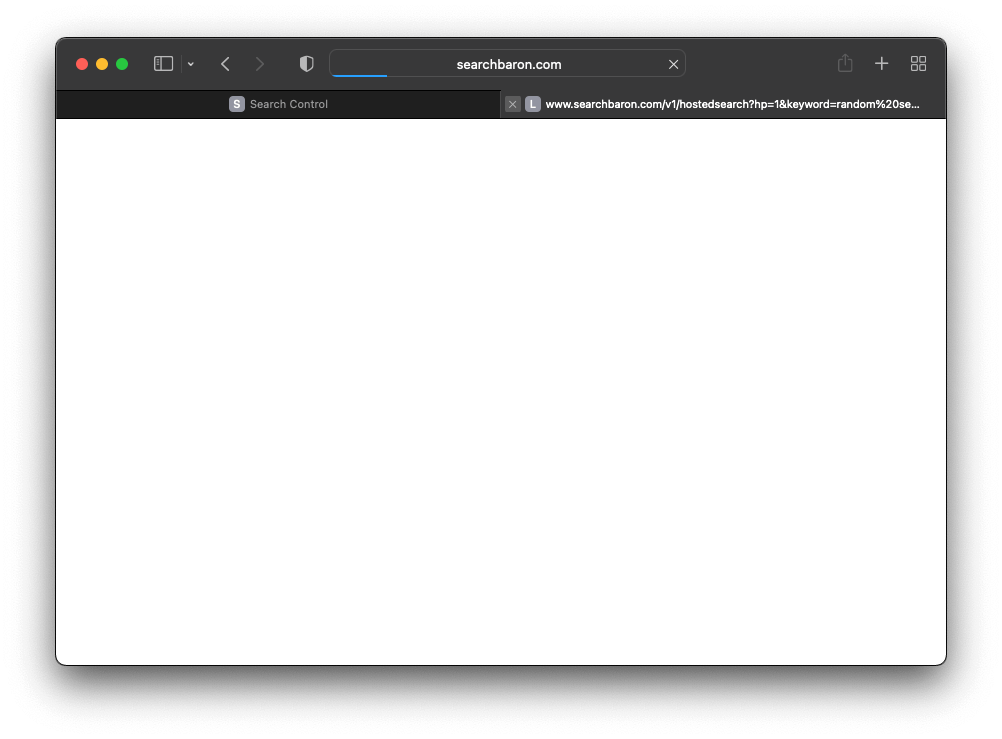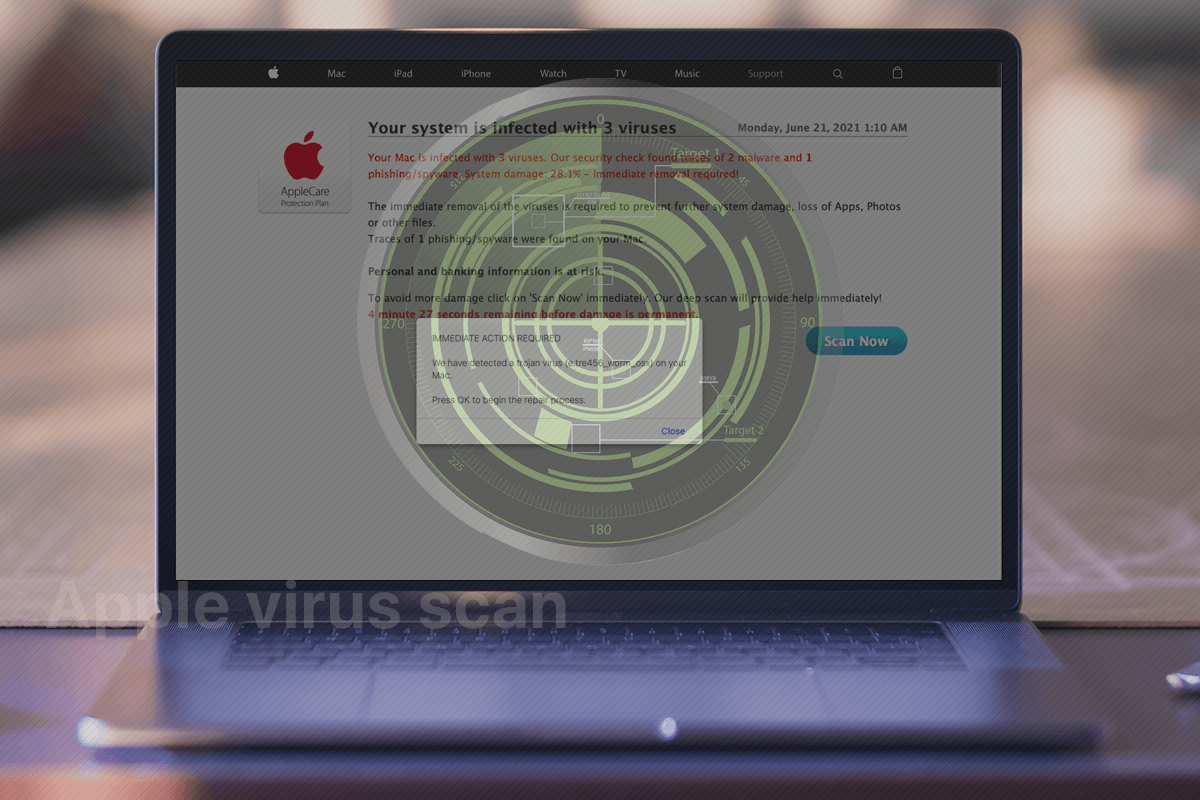With numerous users wondering if Apple virus scan is a worthwhile addition to Mac protection, let’s zoom into this subject to figure out the answer.
Why run an Apple virus scan?
If you own a Mac, then you are probably familiar with the mantra that your daily driver can’t get viruses. Sorry to disappoint you, but that’s wishful thinking. Let’s face it, Mac machines are torpedoed by an insanely large number of threats these days. Most of them aren’t viruses, in the traditional sense, as they cannot replicate themselves inside a plagued system. However, they stir up a ton of frustration, affect different areas of computer performance, and make victims look for ways to purge their digital environments of crud.
Doing it manually is easier said than done. Adware, browser redirect viruses, and scareware spray their files all over a Mac and often respawn these items after ostensibly successful removal by hand. This causes many people to run a virus scan using an application tailor-made for this purpose. Unfortunately, when searching for tools like that, users run the risk of installing outright junk or more malware. There are plenty of online scams that push pseudo cleaners. The following screenshot exemplifies one of these widespread hoaxes.

The pitfalls of choosing an effective scanner
Those who discuss the pros and cons of this option on dedicated community forums will definitely get replies from skeptics who reiterate that virus scanners do more harm than good. That’s both true and false at the same time. If you fall for dodgy marketing tricks and select the wrong AV tool, it may actually make matters worse. The Internet is rife with dubious cleaners that claim to detect and remove Mac viruses in the blink of an eye. Instead of carrying through with their promises, these culprits display exaggerated scan reports as part of a scare tactic and then pressure users into purchasing the full version to unlock the repair feature.

The makers of these rogue apps have mastered a wide range of promotion techniques over the years. One of them involves deceptive pop-ups shown to users who visit malicious or hacked websites. The longest-running campaign of that sort involves spreading scareware and viruses under the guise of legitimate software updates. The Flash Player Update ploy, for instance, stays common despite the fact that the impersonated product was discontinued almost a year ago. Such misleading recommendations may also appear in the upshot of re-occurring browser redirects instigated by adware. It looks like a loop, where one strain of harmful code propels another, and the only way to break out of the trap is to pinpoint and delete the original threat. Again, this boils down to finding the right tool that can spot and erase misbehaving code.

Apple threat landscape is increasingly diverse
How real is the risk of catching malware on Macs and other devices with the Apple logo? This is a reasonable question that arises when users decide whether or not to install a virus scanner. Gadgets with iOS on board are relatively safe, with only rare outbreaks of sophisticated electronic pests like the Pegasus spyware undermining the mobile platform’s defenses. At this point, Mac computers bear the brunt of most attacks. The top menace here is adware, which comprises ad-serving parasites and browser hijackers. The latter haunt Safari, Google Chrome, and other web browsers used by Mac fans. They take over victims’ preferences, primarily the default search engine, and redirect Internet traffic to unwanted resources.
This particular malware cesspool is full of hybrid odors that mix dodgy and legit services under the same roof. The top examples of such a treacherous strategy are viruses that force hits to Yahoo or Bing. The image below illustrates the Bing redirect plight, in which a victimized browser momentarily hits searchmarquis.com, searchbaron.com, and a few more garbage sites. These intermediaries are meant to entangle the scheme with application programming interfaces (APIs) of double-dealing advertising platforms to generate profit for adware operators.

Another threat to watch out for is Mac ransomware. Whereas this form of dangerous code is currently in a state of hiatus, it’s not as marginal as it was a decade ago. Samples like KeRanger, Patcher, EvilQuest, ThiefQuest, and browser-centric police lockers are regularly hitting the headlines. Most of them are much more deleterious than adware or garden-variety scareware, as they encrypt data on infiltrated Macs. It means that the damage persists even after the successful removal of the underlying Trojan.
The main takeaway from the present-day situation in this security arena is that different types of malware are raiding vulnerable systems all the time, and they are here to stay despite the ever-hardening protection mechanisms built into Macs. That being said, there is no harm in keeping a reliable Apple virus scan tool close at hand. If selected wisely, it can identify mainstream and emerging predatory programs along with all their breadcrumbs in minutes – something you can hardly do on your own.
The caveat is that it’s difficult to separate the wheat from the chaff and pick an app truly worth its salt. And here goes the silver lining: you can take a shortcut. We have done the hard part by thoroughly testing different Mac antivirus solutions in real-world malware scenarios. The software below is our favorite. It boasts outstanding performance characteristics, doesn’t annoy users with false positives, and most importantly, catches threats that many competing products miss. If you suspect a virus on your Mac, give the tool a shot to tidy up your device and reclaim peace of mind.
Scan your Mac for viruses using Combo Cleaner app
The Mac maintenance and security app called Combo Cleaner is a one-stop tool to detect and remove viruses. This technique has substantial benefits over manual cleanup, because the utility gets hourly virus definition updates and can accurately spot even the newest Mac infections.
Furthermore, the automatic solution will find the core files of the malware deep down the system structure, which might otherwise be a challenge to locate. Here’s a walkthrough to sort out the virus issue using Combo Cleaner:
- Download Combo Cleaner installer. When done, double-click the combocleaner.dmg file and follow the prompts to install the tool onto your Mac.
By downloading any applications recommended on this website you agree to our Terms and Conditions and Privacy Policy. The free scanner checks whether your Mac is infected. To get rid of malware, you need to purchase the Premium version of Combo Cleaner.
- Open the app from your Launchpad and let it run an update of the malware signature database to make sure it can identify the latest threats.
- Click the Start Combo Scan button to check your Mac for malicious activity as well as performance issues.

- Examine the scan results. If the report says “No Threats”, then you are on the right track with the manual cleaning and can safely proceed to tidy up the web browser that may continue to act up due to the after-effects of the malware attack (see instructions above).

- In case Combo Cleaner has detected malicious code, click the Remove Selected Items button and have the utility remove the threat along with any other viruses, PUPs (potentially unwanted programs), or junk files that don’t belong on your Mac.

- Once you have made doubly sure that the malicious app is uninstalled, the browser-level troubleshooting might still be on your to-do list. If your preferred browser is affected, restore its settings to their original defaults to revert to hassle-free web surfing.



